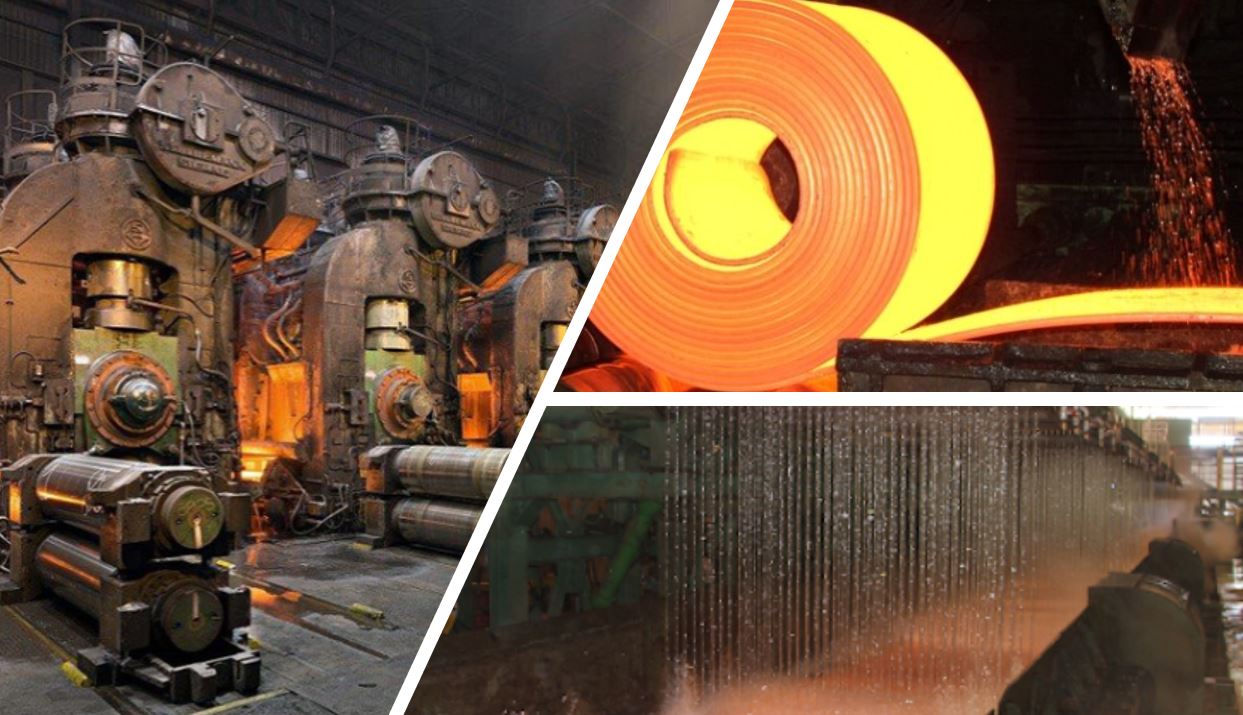Research
I'm widening the scope of my research area to explore new dimensions and delve into diverse aspects.
My research interest lies in the intersection of data science, machine learning, and nonlinear optimization, with applications in energy and manufacturing systems. Specifically, my research focuses on developing an efficient and robust framework for digital twin calibration, utilizing a nonlinear optimization-based procedure that seamlessly integrates uncertainty quantification methods. I have also expanded my research to develop next-generation industrial AI to improve industrial processes by addressing large-scale, high-dimensional, complex, and heterogeneous data collected from various sources.
Methodologies: design and analysis of computer experiments, surrogate modeling, statistical learning, machine learning, nonlinear optimization, survival analysis, artificial intelligence.
Applications: digital twin calibration, quality and reliability engineering (condition monitoring, diagnostics, prognostics, anomaly detection, etc.), operational decision-making.

Digital twins are often represented by physics-based computer models consisting of complex mathematical functions. A successful digital twin must replicate the physical system’s behavior with high fidelity. This is done through calibration by bringing the digital responses closer to the physical observations.
One application is the building energy system. As the building sector contributes approximately three-quarters of the U.S. electricity loads, analyzing building energy consumption patterns becomes essential in grid-interactive building operations. In response, NREL developed a building energy model (BEM), which can simulate the energy use of a building under various weather conditions and operational scenarios. To obtain accurate simulations, it is necessary to calibrate parameters that specify building conditions. However, there are several challenges to hinder the effective BEM calibration such as existence of seasonal heterogenous outputs, model bias, and high dimensional parameters. We addressed these issues with newly developed statistical methodologies with cutting-edge optimization algorithms.
Another application is the wind power system, one of the fastest-developed systems in renewable energy. In multi-turbine wind farms, it is crucial to quantify wake effects for optimally controlling wind turbines, as they substantially affect the power generation performance. The wake represents the wind shade cast by upwind turbines to the downwind area, where it causes a reduction in wind speed, leading to energy loss in downstream turbines. The digital twins that characterize the wake effects typically introduce parameters that require calibration. There are some obstacles to effectively calibrate the parameters including their heterogenous behaviors. We address these challenges with a new statistical modeling scheme.

Multistage manufacturing processes (MMPs) consist of multiple identical stages. For example, the rolling mill which is widely used in the steel-making industry has multiple stages to roll reheated semi-finished steel slabs thinner and longer. Another example of the MMP is additive manufacturing (AM), which is a computer-controlled process that creates three-dimensional objects by depositing materials layer by layer. For such a MMP, all the stages generate multi-channel time-series signals.
The multi-channel process data from a MMP typically vary from one product to another and are associated with the quality of products. They can be used for the defect root-cause diagnosis, which focuses on identifying the crucial process variables as well as their stage locations whose inappropriate values are responsible for the quality defect of products. We proposed matrix-based and tensor-based quality fault diagnostic methods that automatically identify informative process variables and stages using statistical learning methods with efficient optimization algorithms.